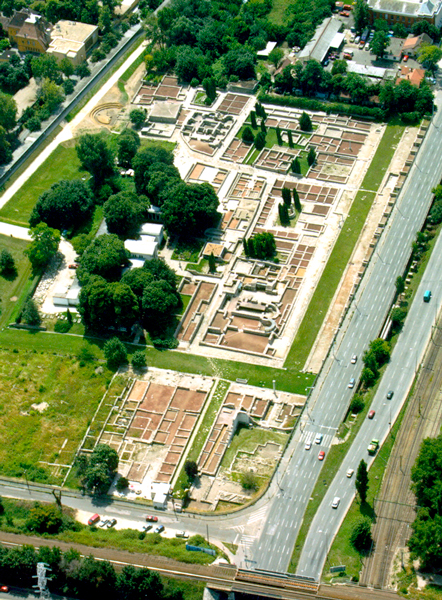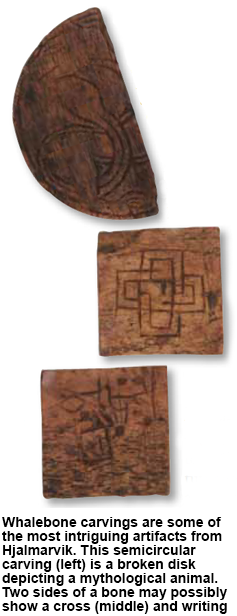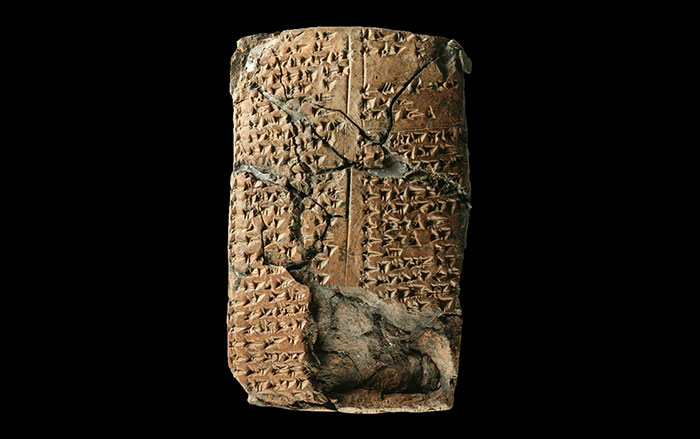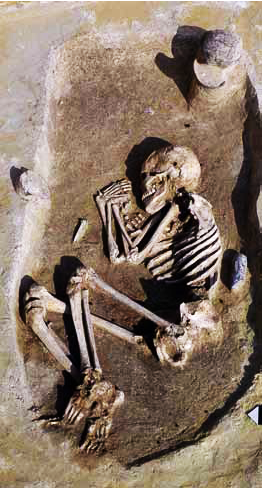
Roman ruins might not be what tourists expect to see in Budapest, Hungary, famous for its medieval architecture and atmosphere. The Romans arrived at the stretch of the Danube that divides Buda from Pest in the first century A.D. and founded the town of Aquincum. The town and river served as defenses against the tribes beyond. In A.D. 106, the town became the capital of Lower Pannonia under the rule of Trajan, and consisted of a fortress, a military town, and a civil town a few miles north. At its peak, Aquincum had more than 50,000 inhabitants, making it one of the largest towns on the Roman frontier. By the end of the third century A.D., under constant attack from across the river, the civil town was abandoned. The fortress and military town survived until the fifth century A.D. According to Orsolya Láng, archaeologist and deputy head of the Aquincum Museum, the civil town site, in particular, is a rarity because, unlike many Roman sites, it was never built over.
The site
The fortress and military town of Aquincum became the center of the medieval city of Buda, and were built upon many times, wiping out most Roman remains. The civil town, however, lay untouched for centuries. Today the civil town is one of the largest preserved Roman towns in Central Europe, but many visitors to Budapest never see the ruins, perhaps because they are a three-mile train ride from the city center. While many of the buildings fell victim to medieval stone quarrying, some ruins have remained visible on the surface, and excavations that started in the late nineteenth century uncovered more.
The civil town grew quickly at the beginning of the second century, with the construction of public and private baths, aqueducts, an amphitheater, a street system, and town walls. The eastern part of the ancient town is open to the public, including the forum complex, a great bath with a well-preserved floor-heating system, a sanctuary dedicated to Fortuna Augusta, a row of shops, and the market building. Behind these public structures are the remains of the homes of town magistrates, decorated with wall paintings and even mosaics. New attractions have recently been introduced in the archaeological park, including a model of a Roman house to replace one that was destroyed during World War II. There are also three "chronoscopes," which allow visitors to see the ruins as they used to appear, a Roman-themed playground for children, and a room with computer games where visitors can virtually fight as gladiators.
While you're there
After a tour through the ruins, which should take one to three hours, be sure to visit Nagyi palacsintázója, or "Granny's Pancake Bar," a popular crepe restaurant nearby. There is much to see in Budapest, including the famous Buda Castle and its surrounding district, full of great views, narrow streets, and medieval and Baroque architecture. The city also has dozens of museums, including the Hungarian National Museum, Museum of Fine Arts, and several historical museums such as the Terror Museum, dedicated to the history and brutality of Nazi and Communist occupation.










